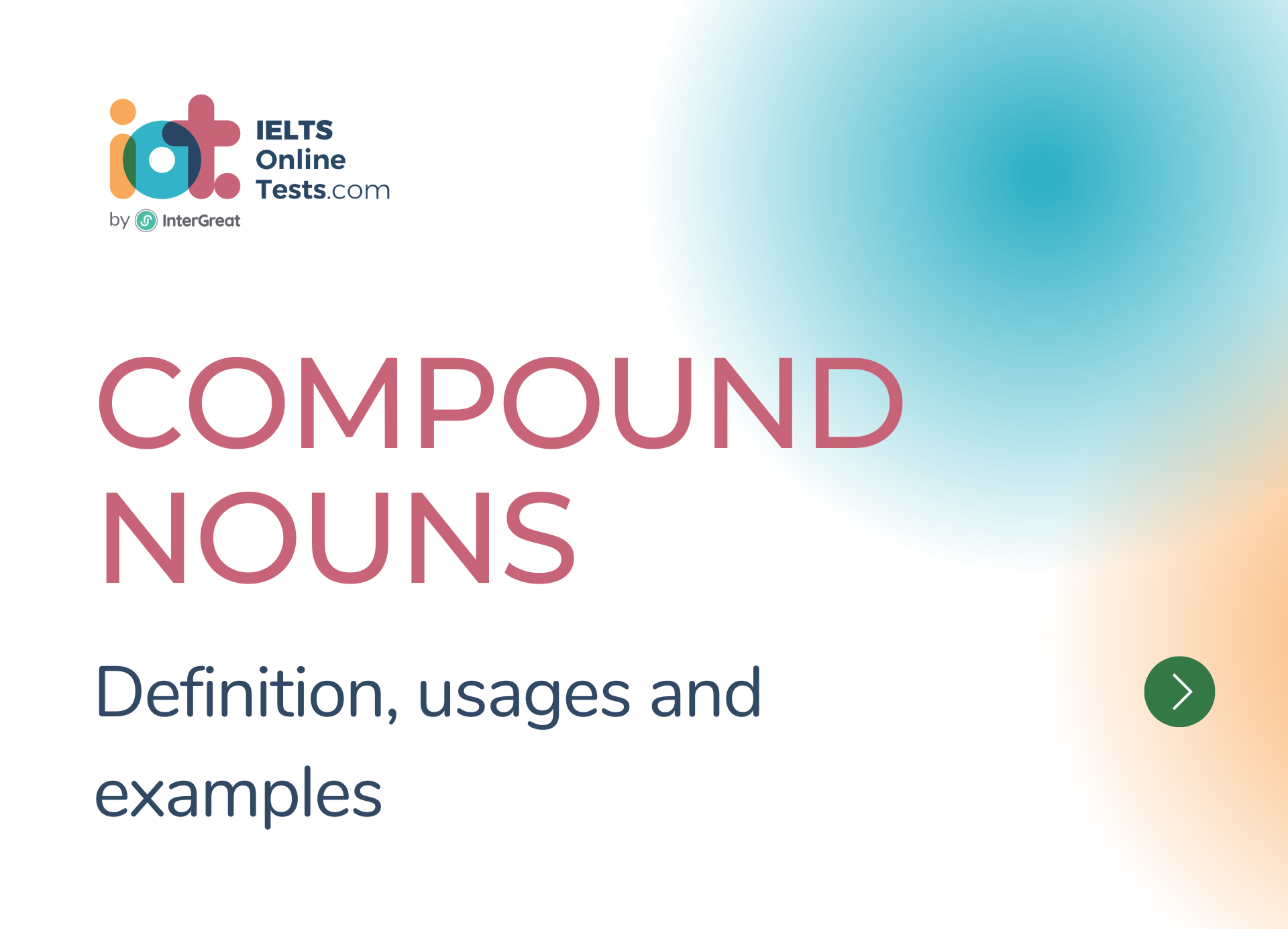
Compound nouns
Compound nouns are formed by combining two or more words to create a single noun. When these words come together, they function as a unit and convey a specific meaning. Compound nouns can be formed in different ways, and understanding their structure is essential for effective communication.
Here are the details about compound nouns:
1. Types of Compound Nouns:
Closed or Solid Compounds: These compound nouns are written as a single word without spaces or hyphens.
Examples: keyboard, sunrise, football, bedroom, airport.
Hyphenated Compounds: These compound nouns are formed by connecting two or more words with hyphens.
Examples: well-being, sister-in-law, high-school, up-to-date.
Open Compounds: These compound nouns consist of two or more words written as separate entities.
Examples: post office, coffee table, health care, parking lot.
2. Structure and Word Order:
Compound nouns can be categorized based on their structure and word order:
Noun + Noun: The first noun modifies or describes the second noun.
Examples: coffee table, car park, bookshelf, sunflower.
Adjective + Noun: The adjective provides additional information about the noun.
Examples: blackboard, greenhouse, bigfoot, loudspeaker.
Verb + Noun: The verb functions as a modifier for the noun.
Examples: breakfast, homework, rainfall, textbook.
Preposition + Noun: The preposition introduces or describes the noun.
Examples: outlook, underground, overcoat, bypass.
3. Singular and Plural Forms:
In compound nouns, the plural is typically formed by adding the plural marker to the main or primary word of the compound:
- Examples:
- coffee tables, car parks, bookshelves, sunflowers.
4. Meaning and Semantic Relationship:
Compound nouns combine words to convey a specific meaning or indicate a particular concept. The relationship between the words can be different:
Noun + Noun: The first noun serves as a modifier, indicating the type, purpose, or characteristics of the second noun.
Example: coffee table (a table for placing coffee).
Adjective + Noun: The adjective provides a quality, characteristic, or attribute of the noun.
Example: blackboard (a board that is black in color).
Verb + Noun: The verb expresses an action or process related to the noun.
Example: rainfall (the action of rain falling).
Preposition + Noun: The preposition indicates a location, direction, or relationship of the noun.
Example: outlook (a view or perspective).
5. Stress and Pronunciation:
In compound nouns, the stress is usually placed on the first syllable of the compound:
- Examples:
- COFFee table,
- POST office,
- HIGH school,
- BLACKboard.
Understanding compound nouns enables us to express ideas more precisely and efficiently. By combining words to create compound nouns, we can convey complex meanings and describe specific concepts concisely. Remember to pay attention to the spelling, word order, and meaning when using compound nouns in your writing and speech.




